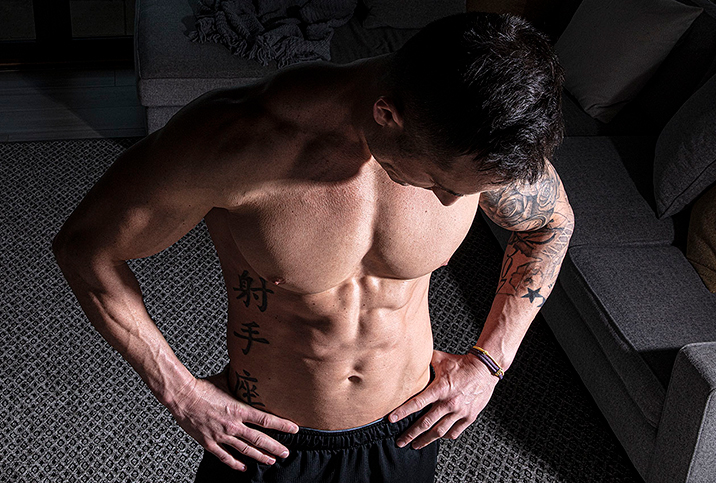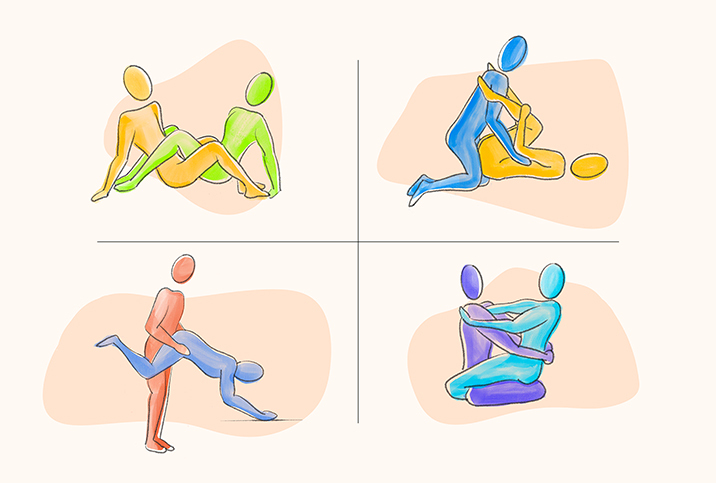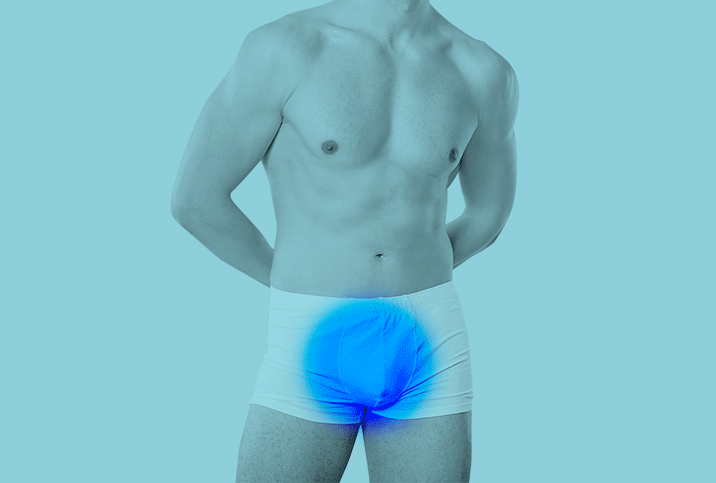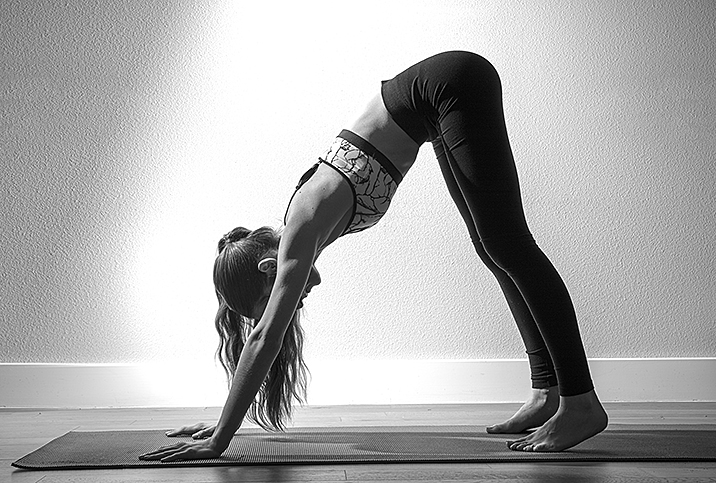The Link Between Exercise and Sexual Health

How much exercise do you get in a day? How about in a week? If you think the amount is too low, you're not alone. Less than 5 percent of adults engage in 30 minutes of physical activity per day, and only one-third of adults achieve the recommended amount of 150 minutes of physical activity per week.
However, adults who do keep up with routine workouts may see surprising benefits. One University of California study indicated that, for men, daily exercise significantly improved the "frequency of various intimate activities, the reliability of adequate functioning during sex, [and the] percentage of satisfying orgasms."
Women experience similar benefits. Research has shown exercise primes women's bodies for sexual activity. For instance, one study indicated women's bodies respond faster and more intensely to sexual activity after working out.
How exercise supports a healthy sex life
The connection between exercise and improved sex isn't direct. Rather, exercise improves a variety of factors, which provide a ripple effect on the sex organs and their function.
Stress reduction
Your body produces the hormone cortisol when you're stressed out, and too much cortisol can put a cramp in your interest in sex. Beyond the mental aspect, when you're in fight-or-flight mode, the body diverts blood away from the genitals, making arousal difficult. Since exercise helps produce feel-good endorphins and lowers cortisol levels, it can reduce stress and help you maintain a healthy sex drive.
Improved blood circulation
Cardiovascular exercise improves all aspects of the cardiovascular system, enhancing your lungs' ability to take in oxygen and your heart's ability to pump oxygenated blood effectively through your venous system. Cardio also encourages cells to take in and assimilate this oxygen for more efficient cellular metabolism. If your cardiovascular health is good, blood flow to your sexual organs improves, which ultimately can improve sexual health and experience, since arousal relies on adequate blood flow to the genitals.
According to a 2019 study published in the Journal of Sexual Medicine, men and women who self-reported higher cardiovascular exercise levels were less likely to experience erectile dysfunction (in men) or female sexual dysfunction (in women). That same study suggested that arousal was predicted by cardiovascular endurance, particularly for women.
Greater strength and flexibility
If you regularly practice exercise such as yoga and Pilates, chances are you're more flexible than most people. This is a good trait if you want to try different positions in the bedroom that are more acrobatic. Strong muscles come in handy for performing certain sexual maneuvers that involve bearing your own or your partner's body weight. Plus, strength-training exercises such as weightlifting may increase libido.
Lower risk of ED
A 2003 study in the Annals of Internal Medicine of more than 31,000 men indicated erectile dysfunction was less likely in men older than 50 who were physically active. Even moderate exercise levels, like a brisk 30-minute walk most days of the week, lowered the risk of erectile dysfunction (ED). Exercise also combats many preexisting conditions that cause or worsen ED, such as obesity, heart disease and diabetes. Pelvic floor exercises in particular can specifically target and strengthen the muscles involved in erections.
Sex as a workout
If the goal of a health-supporting workout is to get your heart rate up, a good round in the sheets should meet the requirements, right? It's possible, but just any sex won't quite cut it. If you're invested in using sex as a component of or even as a supplement to your exercise routine, it's best to keep things rigorous, as your average round of sex isn't quite as prolonged as a full workout session.
There's even exact math to figure out where your heart rate needs to be to qualify as moderate or intense; using a heart-rate monitor like the one built into most smartwatches can be helpful in keeping you on track. To get to those ideal heart-pumping peaks, it may only take a slight modification to your current practices: Transfer seated or reclined positions to standing or propped up on your arms to get a weight-bearing strength exercise.
Risks of exercise in your sex life
Getting your heart rate up for 30 minutes a day, five days per week, will have a marked impact on your health, and this tends to be the going recommendation: 150 minutes a week of moderate-intensity exercise. Going above and beyond isn't necessarily a bad idea, but pushing too hard may not yield the results in bed that you're hoping for.
Research put forth by the University of North Carolina indicates exercising too intensely and for too long will actually cause a drop in libido. Men who exercised (ran, walked, biked, swam or lifted) at lower comparative intensities were seven times more likely to report a normal or high libido than their counterparts who exercised more intensely. Researchers theorize too much exercise suppresses testosterone, not to mention the possibility of causing fatigue, which can dampen libido.
In addition, certain forms of exercise can have adverse effects on both men's and women's sexual health. Cycling too intensely or on an ill-fitted bike seat can cause genital pain and numbness due to pressure on the perineum. Women who experience genital numbness are at increased risk for issues with female sexual dysfunction (FSD), such as problems with sensation, arousal and orgasm.
The health-sex connection
Good health supports a great sex life, and exercise is a critical part of maintaining good health.
Exercise elevates our mood and creates a feeling of calm. It lowers the heart rate, blood pressure and stress-hormone levels. It improves digestion and circulation. Combine this with the feelings of well-being caused by the endorphins it releases, and add an increase in the "feel-good" hormone oxytocin, and the result is a relaxed, healthy person.


















